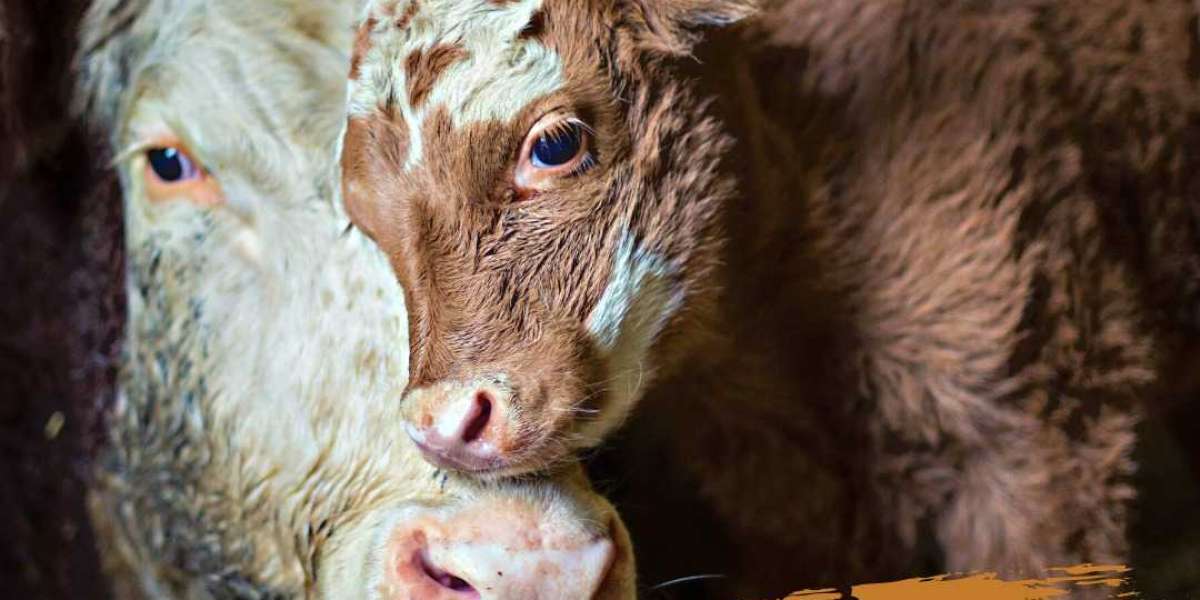Introduction
The Animal cruelty in the fur industry has long been a topic of heated debate, with animal rights advocates raising concerns about the ethical implications of using animal fur for fashion and luxury. Behind the allure of fur garments lies a grim reality: the widespread and often overlooked cruelty inflicted upon animals. This article delves into the various aspects of animal cruelty in the fur industry, exploring the methods of fur production, the species affected, the impact on animal welfare, and the growing movement toward ethical alternatives.
The Scope of the Fur Industry
The fur industry is a global enterprise, with millions of animals being raised and killed annually for their pelts. The primary species targeted include mink, foxes, rabbits, raccoon dogs, and chinchillas. The demand for fur is driven by fashion brands and consumers seeking luxurious clothing and accessories. However, the glamorous image associated with fur products often masks the harsh realities of how these items are produced.
Methods of Fur Production
- Fur Farms
The majority of fur used in the fashion industry comes from fur farms, where animals are bred and raised solely for their pelts. These farms are often characterized by cramped and unsanitary conditions, with animals confined to small wire cages. The lack of space and environmental enrichment leads to physical and psychological distress among the animals. Mink, for instance, are semi-aquatic creatures with a natural instinct to roam and swim, yet they are deprived of these basic needs in captivity.
- Trapping
In addition to fur farms, trapping remains a prevalent method of acquiring fur. Trappers use various devices, such as leg-hold traps and snares, to capture wild animals. These traps can cause severe injuries, pain, and prolonged suffering. Animals caught in traps may endure hours or even days of agony before being killed. The indiscriminate nature of traps also poses a threat to non-target species, including endangered animals and pets.
Impact on Animal Welfare
The fur industry is inherently linked to severe animal welfare issues. Animals in fur farms often suffer from stress-induced behaviors, such as self-mutilation and cannibalism, due to the confinement and lack of mental stimulation. The handling and killing methods used in the industry further exacerbate the cruelty.
- Killing Methods
Animals are typically killed using methods intended to preserve the quality of their pelts, such as gassing, neck-breaking, and anal electrocution. These methods are often not humane and can cause immense suffering. For example, gassing may not result in immediate death, leading to prolonged distress for the animals.
- Lack of Regulation
The fur industry is often criticized for its lack of stringent regulations and oversight. Many countries have minimal or no welfare standards for animals in fur farms, allowing inhumane practices to persist. Even in regions with regulations, enforcement can be weak, resulting in continued abuse.
Environmental Impact
Beyond the ethical concerns, the fur industry also has significant environmental implications. Fur farming contributes to pollution through waste products, and the chemicals used in fur processing, such as formaldehyde and chromium, can have detrimental effects on local ecosystems. Additionally, the industry's reliance on non-renewable resources and the carbon footprint associated with transportation and processing further exacerbate its environmental impact.
The Movement Towards Ethical Alternatives
As awareness of animal cruelty in the fur industry grows, there is a burgeoning movement toward ethical and sustainable alternatives. Fashion brands are increasingly opting for faux fur and other cruelty-free materials, driven by consumer demand for more humane products. Advances in technology have led to the development of high-quality synthetic furs that mimic the look and feel of real fur without the ethical and environmental drawbacks.
- Legislation and Bans
Several countries and regions have enacted bans on fur farming and the sale of fur products. Notable examples include the United Kingdom, which banned fur farming in 2000, and California, which became the first U.S. state to ban the sale of fur products in 2019. These legislative measures reflect a growing societal shift towards prioritizing animal welfare and ethical fashion.
- Consumer Awareness
The rise of social media and digital platforms has facilitated the spread of information about the fur industry's cruelty, empowering consumers to make informed choices. Many consumers are now opting for brands that prioritize transparency, sustainability, and cruelty-free practices.
Conclusion
The Animal cruelty in the fur industry, with its inherent animal cruelty and environmental impact, presents a significant ethical dilemma in the modern world. As society becomes increasingly conscious of animal welfare and environmental sustainability, the demand for change within the fashion industry is mounting. By choosing cruelty-free alternatives and supporting legislative efforts, consumers can play a pivotal role in driving the industry toward a more humane and sustainable future. Ultimately, the path forward lies in redefining luxury fashion to prioritize compassion over cruelty, ensuring a world where animals are no longer subjected to suffering for the sake of style.








